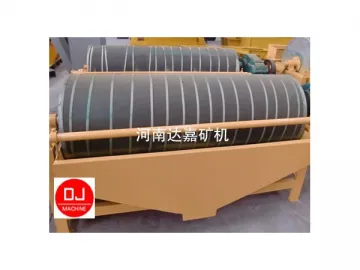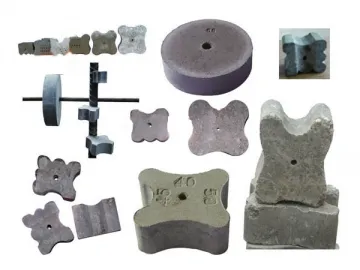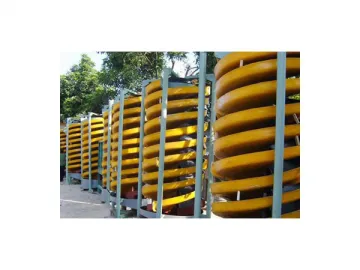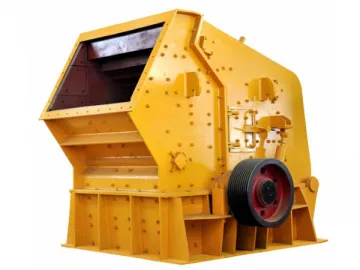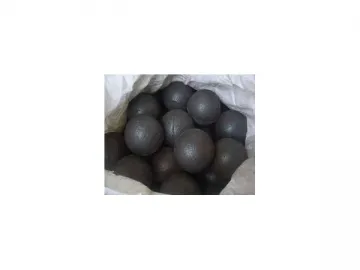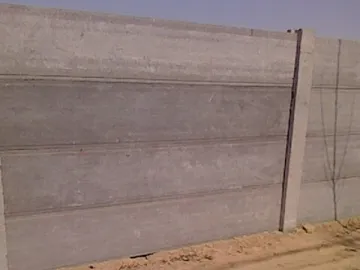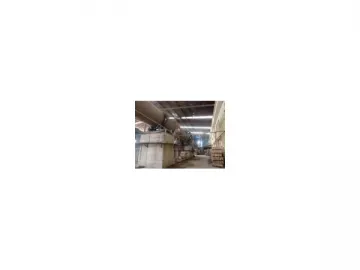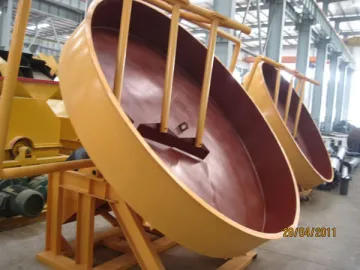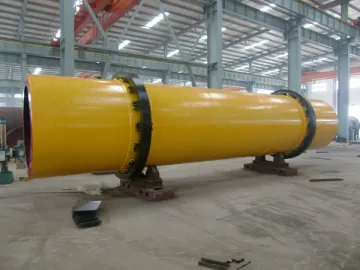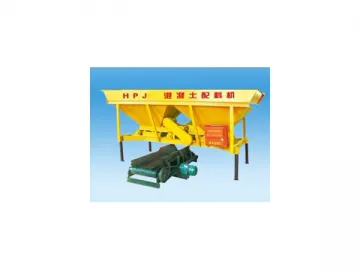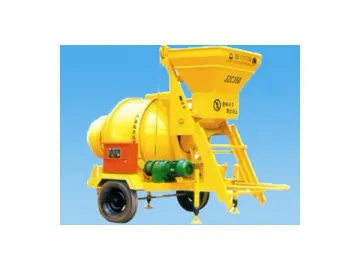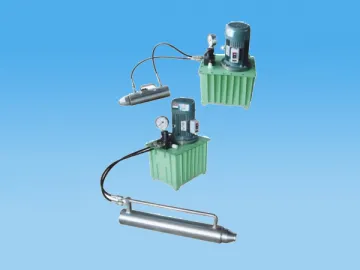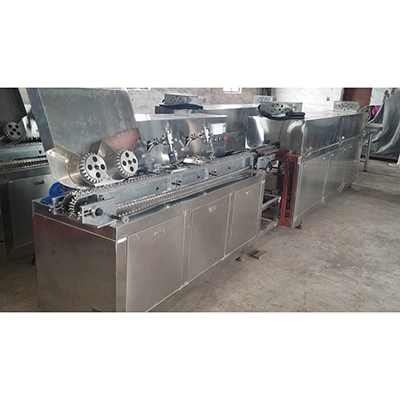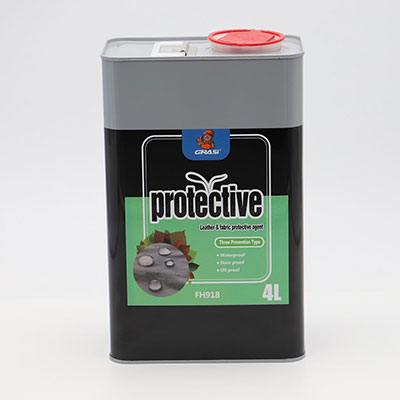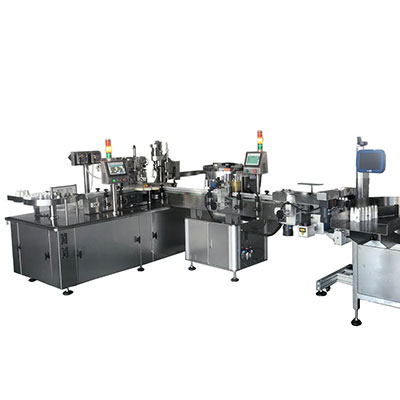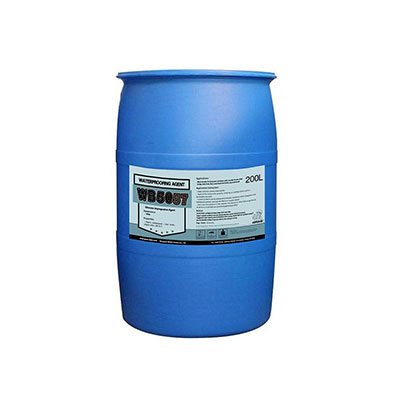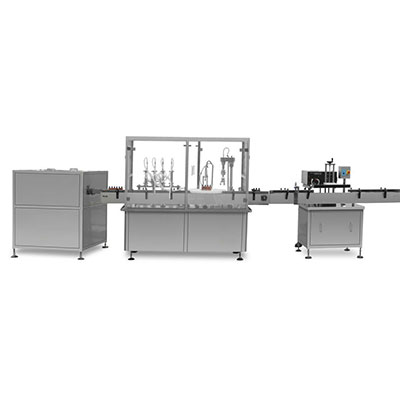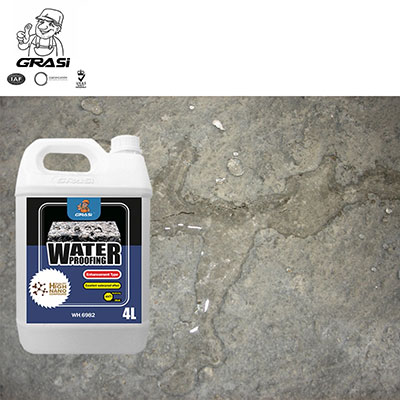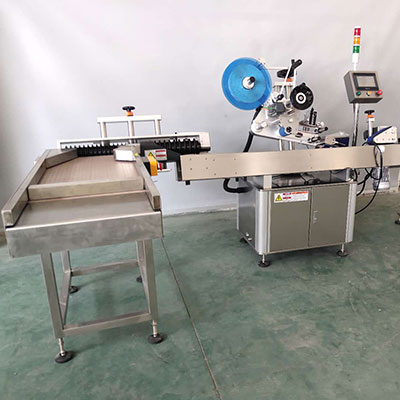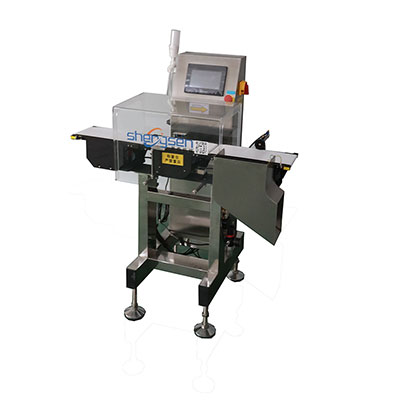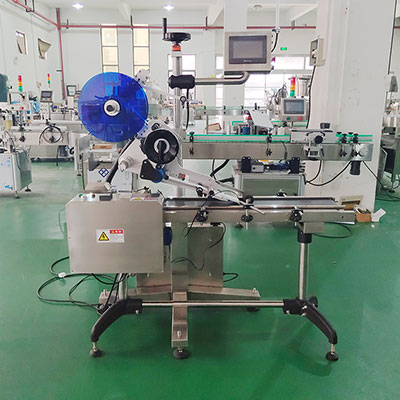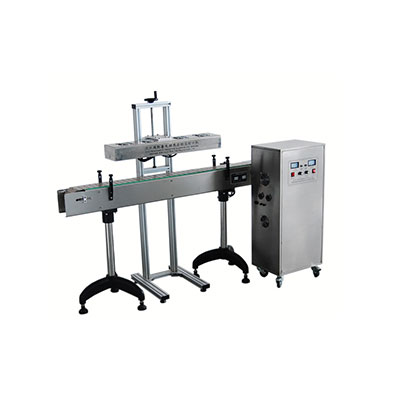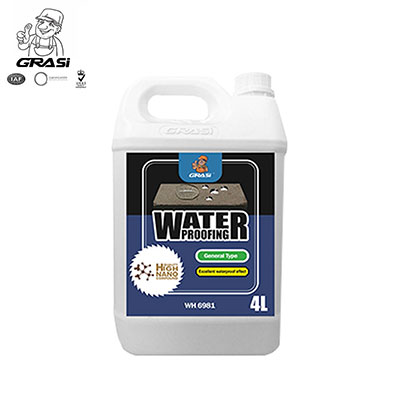Coal Gasifier
Coal gasfier is a state-of-the-art, energy-efficient piece of equipment that can fully convert coal into clean coal gas. The resulting gas product, also known as producer gas, can be used to generate electricity, drive shaft, or provide heat in the equipment like furnaces, dryers, kilns, and steam boilers. It is cleaner alterative to natural gas and coal.
In a gasification reactor, air and water vapor are added causing chemical reaction with coals to produce syngas, which is primarily comprised of hydrogen and carbon monoxide. The reactor can accommodate a variety of feed stocks, including char coal and coke. The resulting gas is utilized for heating furnaces in machinery, metallurgy, chemical glass, building material, food, and textile industries.
Performance
Low cost, fast installation, and easy and safe operation are the major benefits of the coal gasifier for its user companies. Coal gasifier-based power plant cuts the use of fuel by 20% compared to a typical coal combustion plant. Burning syngas brings more than 60% savings to heating furnace operators than is capable with fuel oil. In addition, gasification produces extremely low smoke emission. Gasification equipment totally meets the related environmental standard.
1. Coal Gas
2. Vacuum Zone
3. Drying Zone
4. Dry distillation zone
5. Reduction zone
6. Oxidation zone
7. Slag zone
8. Gasification zone
9. Air blast
10. Gasification Area for Coal in the Gasifier Chamber
In current industrial practice, three major types of fuels are used: solid, liquid, and gaseous fuels. So far as global fuel trend is concerned, the gaseous fuel has gained increased acceptance.
Coal gas produced from coal gasifier provides a clean, cost-effective source of fuels for industrial kilns.
Main Features
1. All the reactor parts are surrounded by water jackets to maintain a proper heat level conducive to gasification that results in high volume of syngas output.
2. The inside wall of the reactor is lined with 16mm-thick boiler plates. The outside lining is constructed from 12mm plain-carbon steel. Protective linings give reactor the ability to resist oxidation, corrosion, high temperature. They also ensure an increased use life of the reactor.
3. The cone classifier comes with an adjustable vane to ensure an even distribution of pulverized coal over the bed in the reactor. This results in increase in productivity and prevents the occurrence of localized fire.
4. The coal gasifier chamber is a tower separated into fiver tiers by pentagon shaped stove grate. Cast steel is used to make the grate. Optimal structural design ensures the air and water vapor evenly fills the reactor chamber, enabling the gasification process to be at an optimum operating level. It also leads to decreased carbon content in the slag.
5. The rotating motion of the ash pan is transmitted via the worm gear assembly. Grade 35 cast steel and grade 45 steel are used to strength the transmission parts, resulting in increased tensile strength, compressive strength, and stable, long-lasting operation of the gear drive.
6. Water sealed cyclone separator is capable of raising the water level to cut off the path between the gasifier and furnace in the event of gasifier breakdown. It ensures operational safety by preventing coal gas flowing back from the furnace to the gasifier.
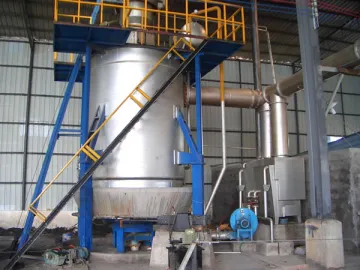
Value-Added Service
We provide optional training program for operators from client companies in an attempt to contribute to the success of their operation.
Coal Gasifier Main Specification
| Model | QM0.8 | QM1.0 | QM1.2 | QM1.5 | QM1.6 | QM1.8 | QM2.0 | QM2.4 | QM2.6 | QM3.0 | QM3.2 |
| Chamber Diameter(mm) | 800 | 1000 | 1200 | 1500 | 1600 | 1800 | 2000 | 2400 | 2600 | 3000 | 3200 |
| Hearth active surface(m2) | 0.5 | 0.785 | 1.13 | 1.77 | 2.01 | 2.54 | 3.14 | 4.52 | 5.31 | 7.07 | 8.04 |
| Suitable Fuel | Carbonaceous material, anthracite, coke | ||||||||||
| Pulverized Coal Size(mm) | 25-80 | ||||||||||
| Fuel Consumption Rate kg/h | 40-100 | 70-140 | 120-190 | 160-350 | 350-460 | 500-600 | 500-720 | 700-1040 | 850-1200 | 1700-2000 | 1800-2200 |
| Gasifying Agent | Air ,steam | ||||||||||
| Productivity(Nm³/h) | 140-350 | 245-490 | 420-670 | 560-1200 | 1200-1600 | 1500-2100 | 1750-2500 | 2500-3600 | 3000-4300 | 6000-7000 | 6500-7500 |
| Gas Calorific Value (Kj/Nm³) | 5020-5670 | 5020-6000 | |||||||||
| Water Jacket Heating Area(m2) | 4.02 | 5.02 | 6.78 | 10.37 | 11.06 | 12.44 | 17.58 | 21.87 | 23.69 | 30.16 | 32 |
| Steam Output kg/h | 60 | 80 | 130 | 200 | 220 | 260 | 350 | 420 | 600 | 840 | 200 |
| Gas Outlet Temperature(°C) | (400-500)Plants related with the coal | (400-500)Plants related with the coal | |||||||||
| Gas Outlet Pressure(Pa) | 1000 | 980-1470 | 1470-1960 | 980-1470 | |||||||
| Gas Outlet Diameter(mm) | 219 | 325 | 325 | 426 | 426 | 529 | 630 | 720 | 820 | 1020 | 900 |
| Air Pressure(Pa) | 3000 | 4000 | 3000 | ||||||||
| Saturated Air Temperature(°C ) | 50-60 | 50-65 | |||||||||
| Ash Pan Rotational Speed(r/h) | 0.177-1.77 | ||||||||||
| Gross Weight(t) | 3.5 | 4.5 | 5 | 7.5 | 10 | 20 | 23.4 | 29.8 | 32 | 37.6 | 16 |
| Total Machine Power(kw) | 6 | 6 | 6 | 7 | 8 | 10 | 14 | 20 | 20 | 27 | 7 |
| Tuyere Diameter(mm) | 108 | 108 | 140 | 165 | 219 | 325 | 325 | 426 | 426 | 426 | 219 |
Related Names
Coal Gas Generator | Coal Gas Furnace | Coal Gasification Device
Links:https://www.globefindpro.com/products/85399.html
